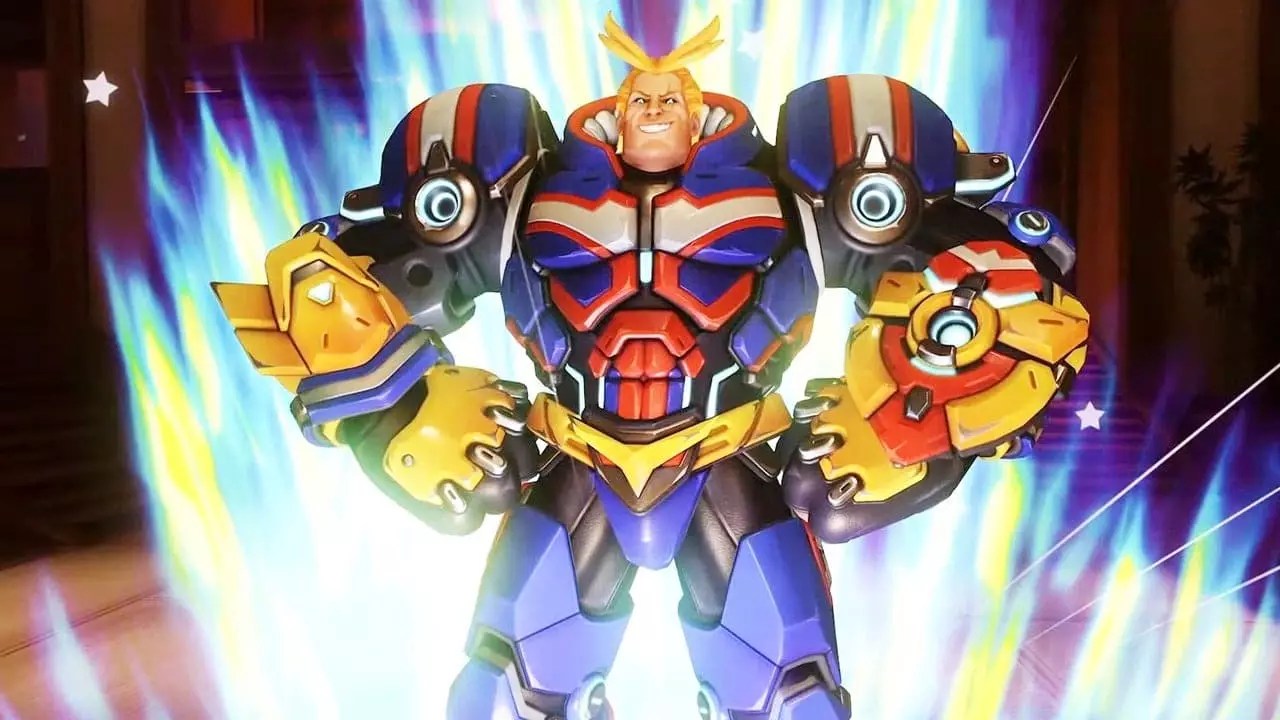Blizzard Entertainment is once again taking a bold step into the world of anime with its latest partnership for Overwatch 2, one that promises to excite both gaming and anime enthusiasts alike. By introducing skins inspired by the popular series My Hero Academia (MHA), Blizzard is not just providing aesthetic upgrades to its characters; it’s transforming them into beloved figures from a universe that has captured the hearts of many. This initiative, slated for release between October 17 and October 30, 2024, aims to introduce an exciting blend of fandoms and stimulate engagement among diverse player demographics.
What sets this collaboration apart from previous ones is the meticulous attention to detail in each skin’s design. Players can expect Overwatch 2 heroes, such as Tracer, Reinhardt, Kiriko, and Reaper, to emerge in outfits reminiscent of iconic MHA characters like Deku and All Might. On the surface, it might seem like a basic crossover, but Blizzard’s comprehensive approach highlights a thoughtful alignment between character personalities and their anime counterparts. For instance, Tracer’s bubbly and energetic demeanor aligns perfectly with Deku’s determined spirit, while Reinhardt’s robust presence mirrors All Might’s larger-than-life persona.
This synergy extends to Reaper and Shigaraki, both of whom evoke darker, more gothic themes, which blend seamlessly to create an engaging and cohesive visual narrative. Such character parallels not only enhance the aesthetic appeal but also invite commentary on the inherent traits that make both universes resonate with their respective audiences.
Despite previous skepticism surrounding crossover events, especially considering the financial implications for players, Blizzard seems to have hit the right note this time. The vibrant incorporation of MHA aesthetics offers more than just new looks; it creates a renewed interest in Overwatch 2 for those familiar with MHA yet perhaps previously indifferent to Blizzard’s shooter. Given the beloved status of these anime characters, this collaboration is poised to attract not only hardcore gamers but also die-hard MHA fans, potentially reviving interest in a title that might otherwise fade into obscurity.
Furthermore, Blizzard’s strategy of intertwining two popular franchises could play a pivotal role in bridging communities. Existing Overwatch 2 players may find comedic delight in the juxtaposition of their favorites adorned with anime flair, while fans of MHA can step into a new realm of competitive play, discovering a game that feels both familiar and wholly unique.
With the MHA skins for Overwatch 2 as part of a wider trend, it’s clear that gaming companies are increasingly willing to embrace thoughtful collaborations across industries. It raises intriguing questions about what the future holds for such partnerships. Will we see more anime characters gracing our favorite video games, or will Blizzard continue to set the pace for creative crossover events? One thing is for sure: blending fandoms in intricate, respectful ways can lead to revitalized interest in both franchises while offering players an experience that feels fresh, exciting, and engaging.
As Overwatch 2 prepares to unleash these new skins, fans are undoubtedly in for a treat that could redefine community relationships in gaming. After all, how can anyone resist the joy of dominating the battlefield while sporting the likeness of a beloved anime hero?


Leave a Reply